Climate Adaptation 2
Logistics
Assignments
- Today
- Namrata (2023)
- Albert et al. (2022)
- Final Project Research Design (11:59pm)
- Tuesday (4/16)
- No Readings
- Git, Github, Github pages
Administration
Grading
- Quizzes & Workshops (7/8)
- Data Assignments (2/3)
Scheduling
- Final Project
- Due: May 10 (11:59pm)
Agenda
- Climate change overview
- Namrata (2023)
- Albert (2022)
- Questions about Research Design
Climate Change
Are we doomed?
- I don’t think so
Where We Stand
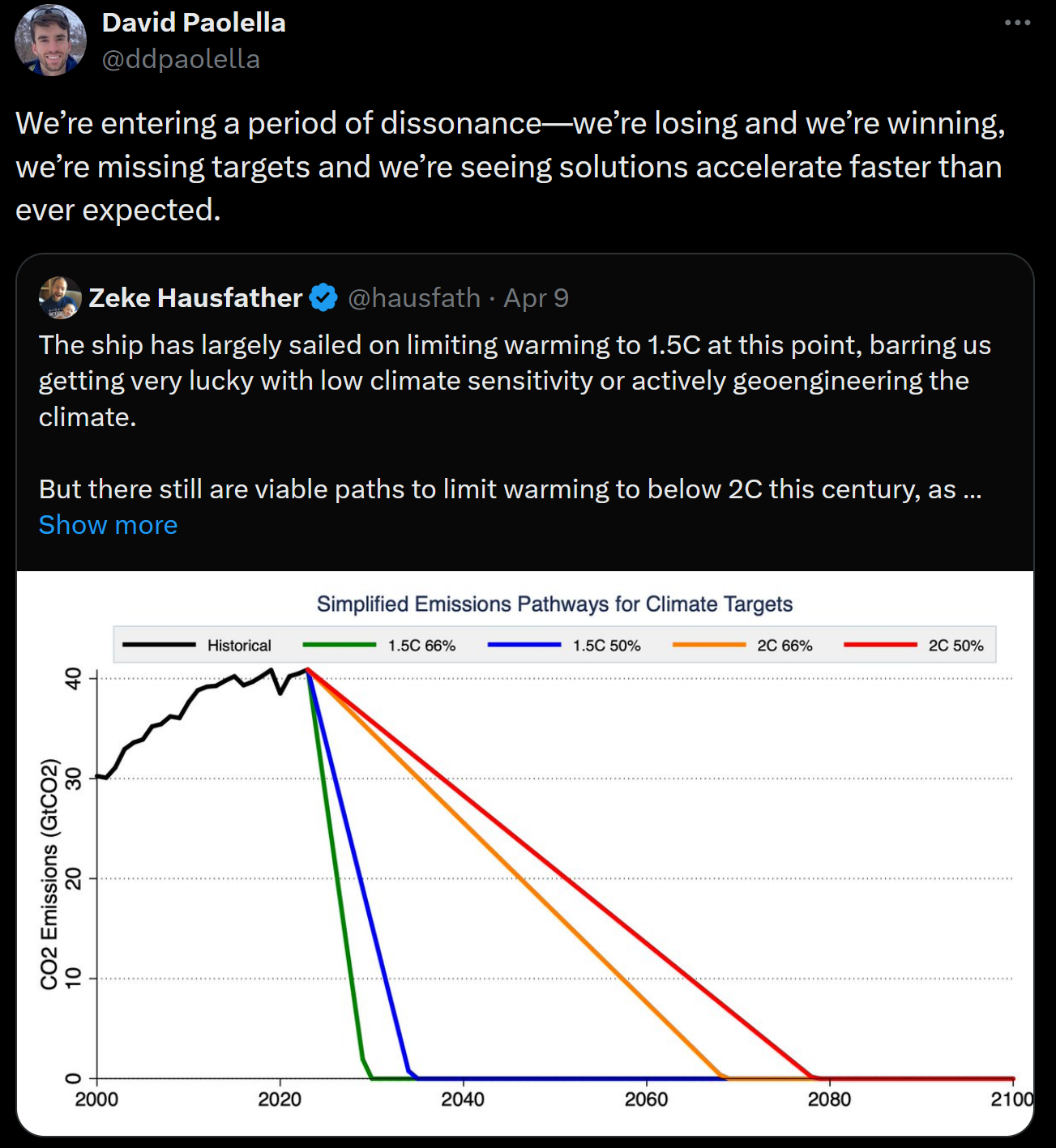
Targets and Trajectories
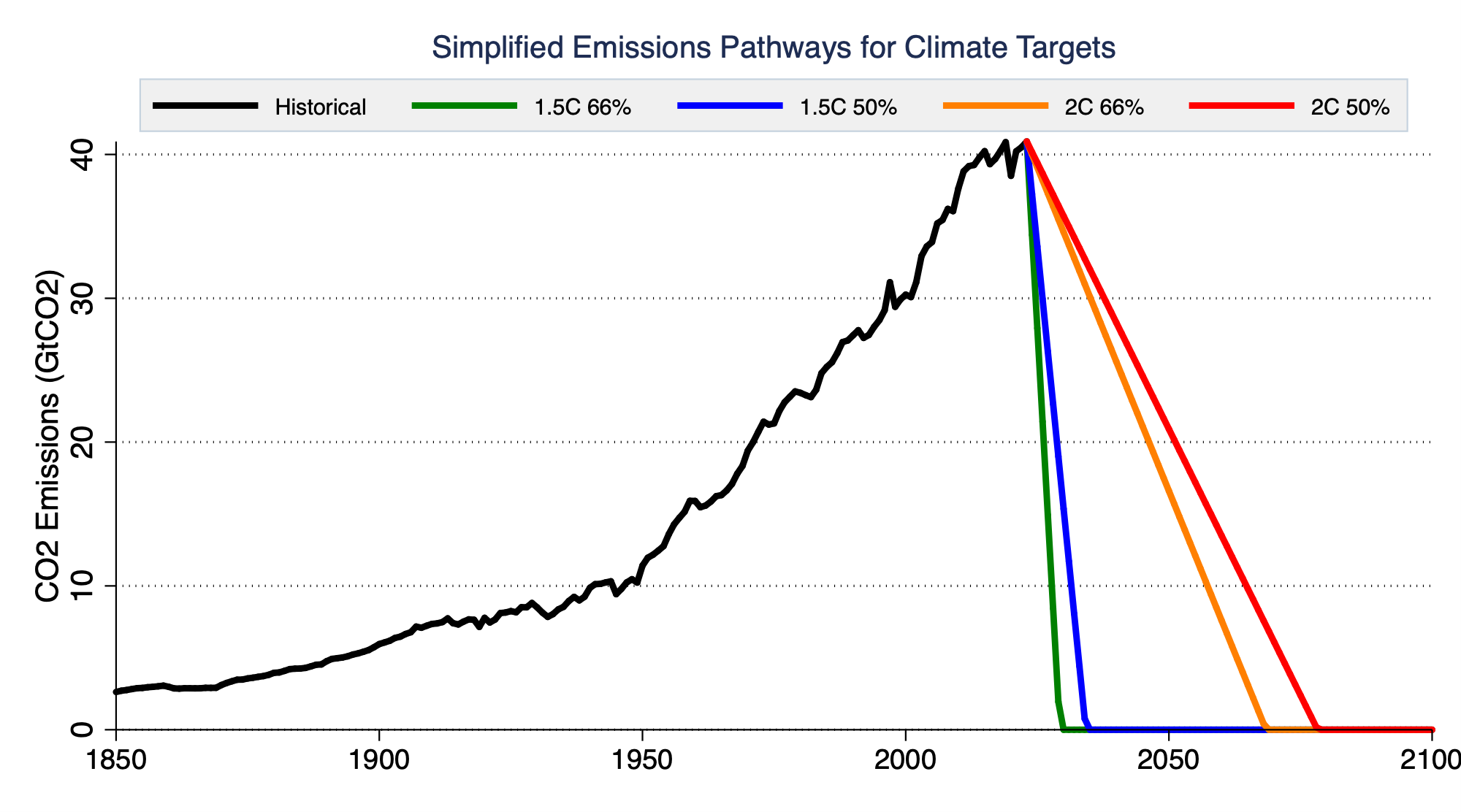
Wind and Solar
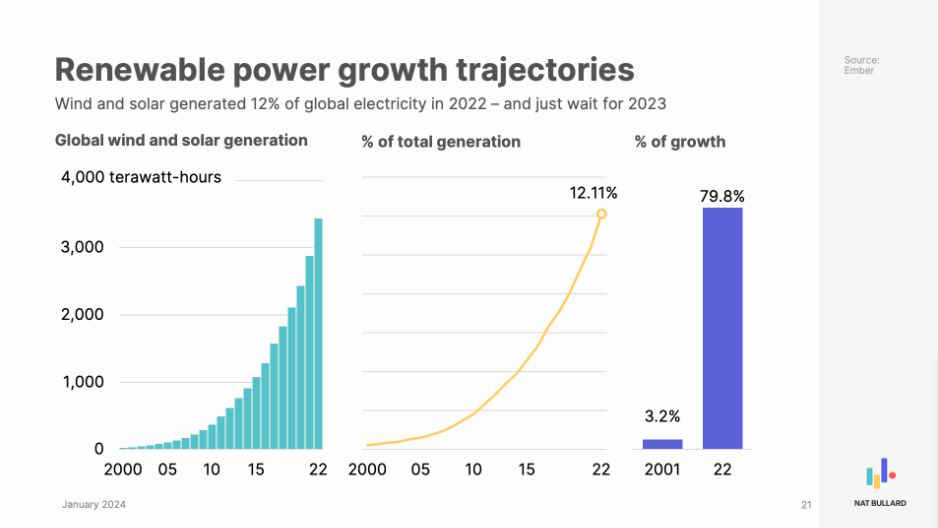
Solar Panels
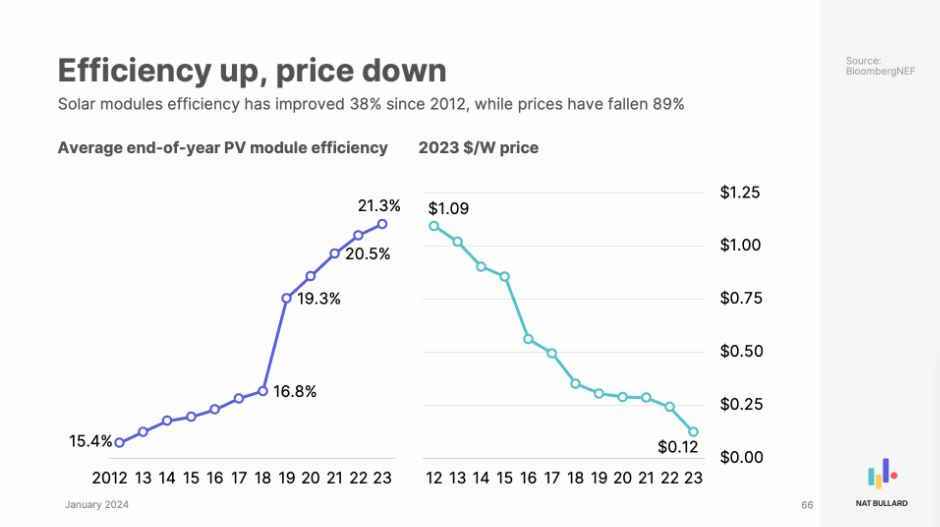
Electricity

Batteries
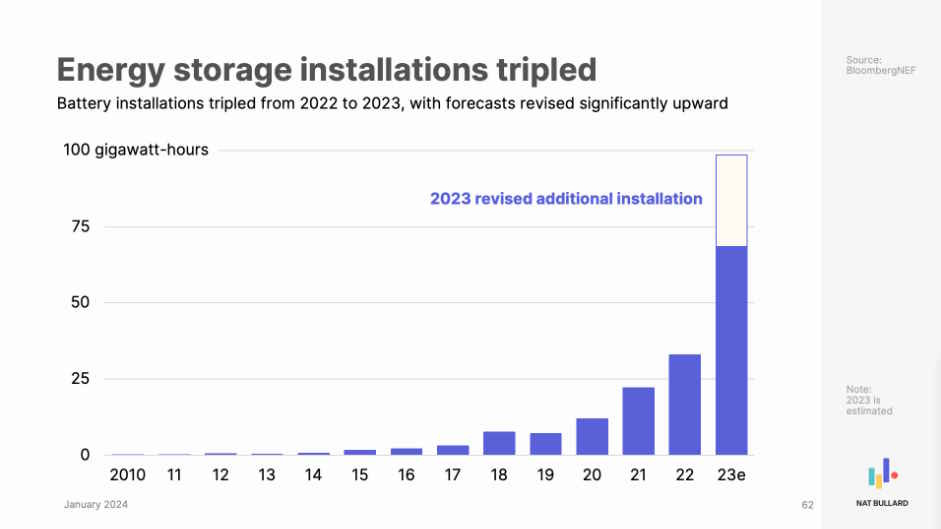
Batteries
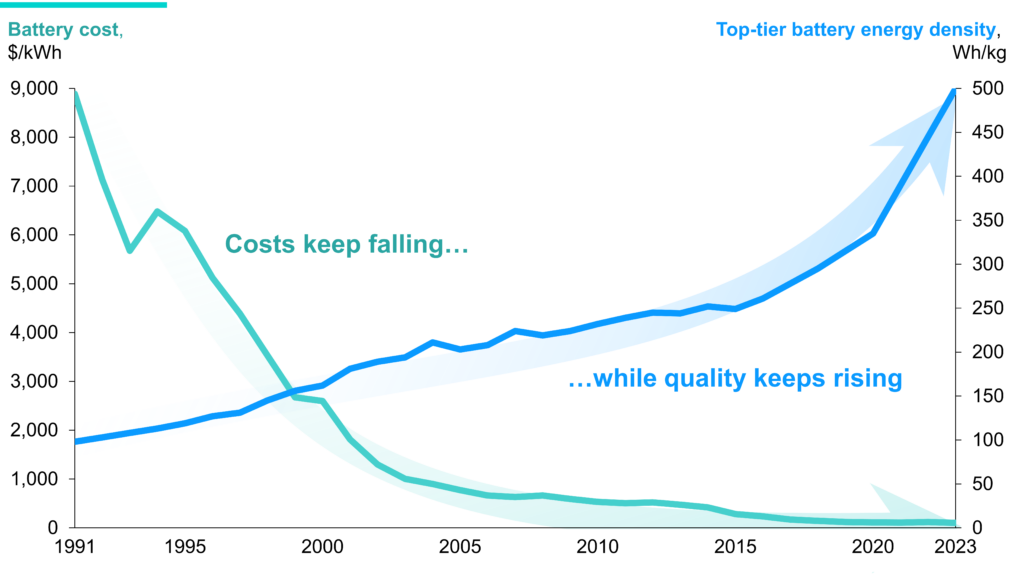
Electric Vehicles

Cross-National Variation
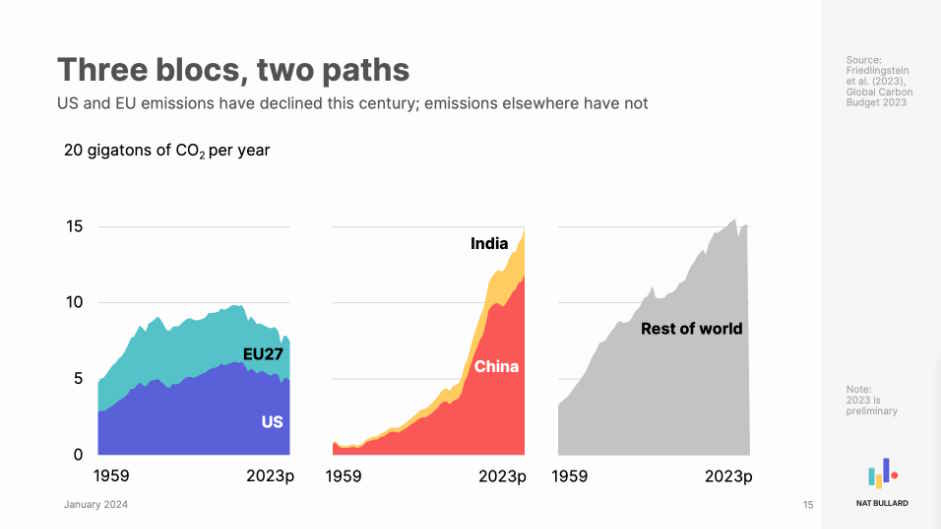
China’s Growth
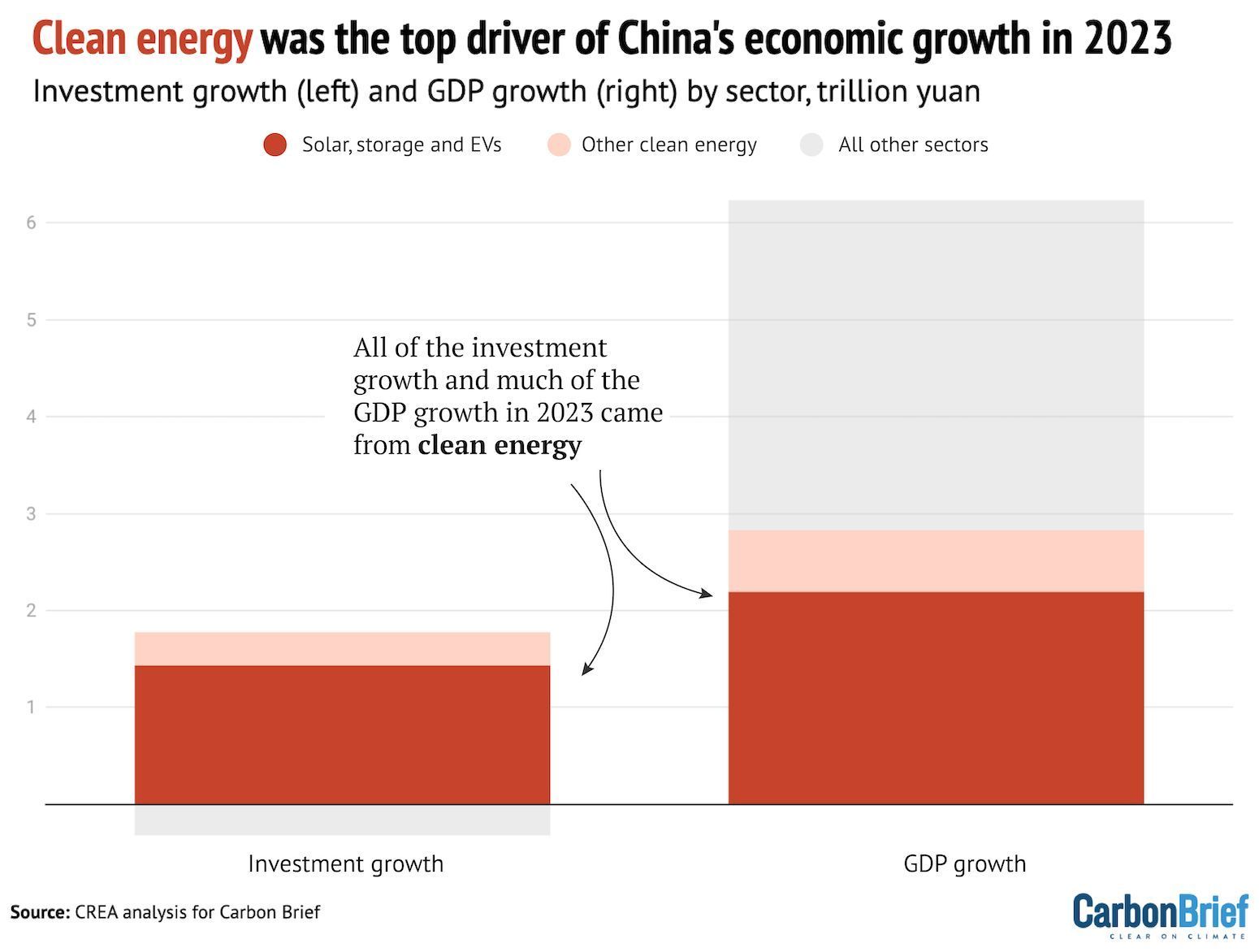
Decoupling

Divergence

Namrata (2023)
Climate Adaptation
Disproportionate vulnerability for developing countries
- Higher mean temperatures
- Greater impact of temperature on output
- Long coastlines
- Lower incomes, smaller safety nets
Three literatures
- Quantifying vulnerabilities
- Measuring adaptation
- Spatial linkages
Climate Adaptation
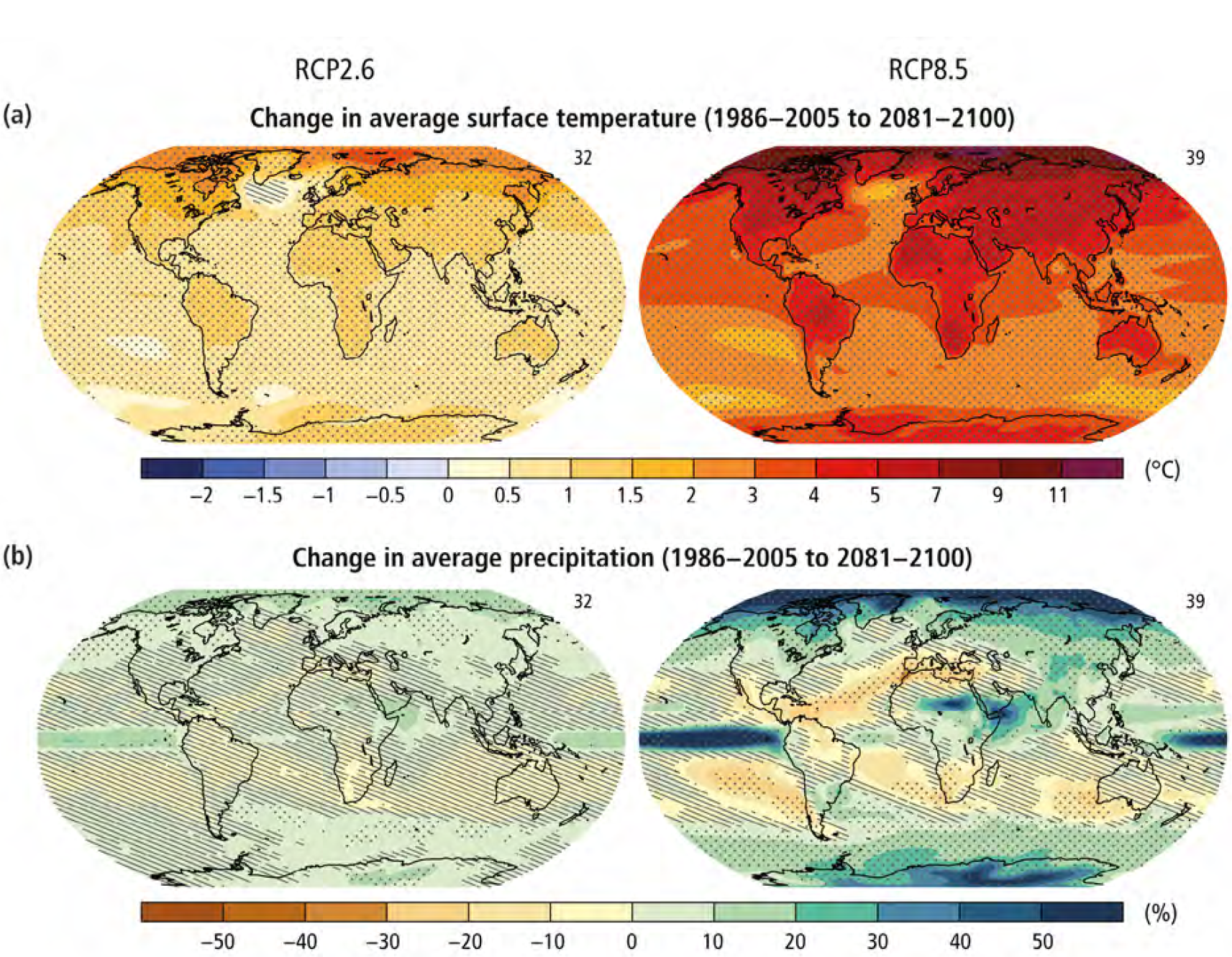
Research Methods
- Panel data to find relationship between observed changes and output
- Project to future changes, assuming everything stays constant
- Problems:
- Long-run adaptations
- Short-run adaptations
- Mechanisms?
Research Methods
Recent developments
- Long-run changes (climate vs weather)
- Focus on expectations
- Experiments with adaptation
Climate Adaptation
Climate change mitigation strategies
- Weather insurance
- Migration
- Cash transfers
- Credit
- New technology
- Infrastructure
- Safety nets
Albert at al. (2022)
Measurement
- Reported natural disasters
- Moisture deficit relative to long-run average
- Agriculture yields
- Bank loans
- Migration and labor
Findings
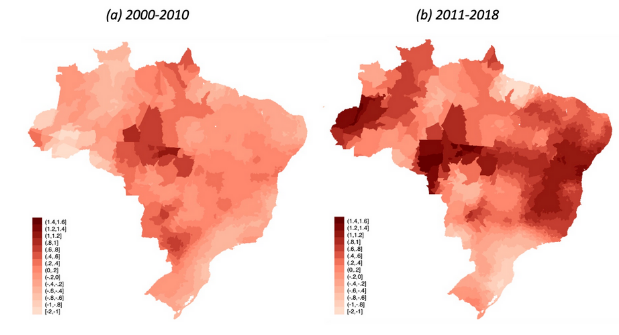
Findings
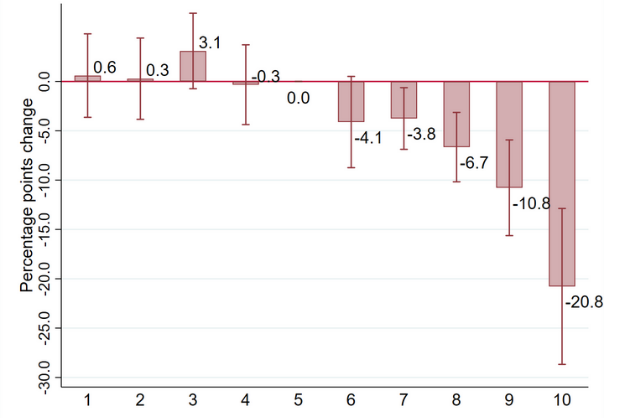
Findings
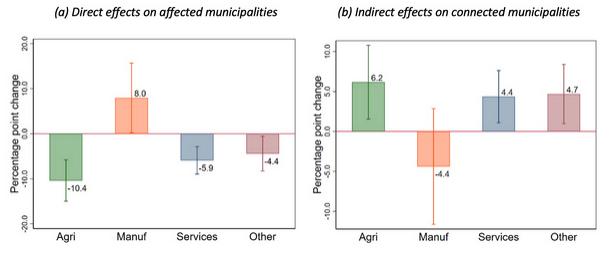
Findings
- Dryness causes reallocation of capital and labor
- Dryness lowers productivity and reallocates remaining labor away from agriculture and to manufacturing
- Capital connected areas see reduced
- Labor connected areas see inflows